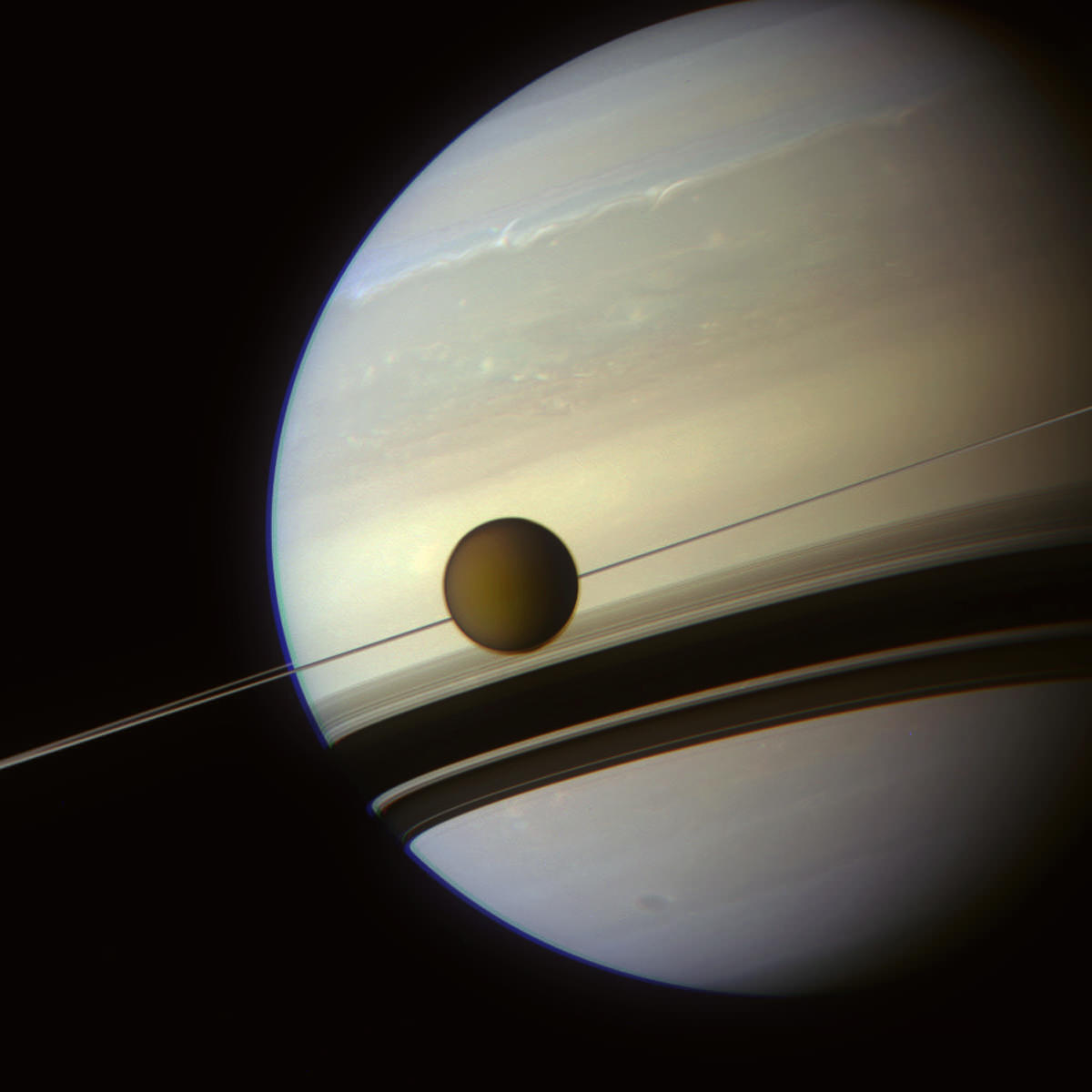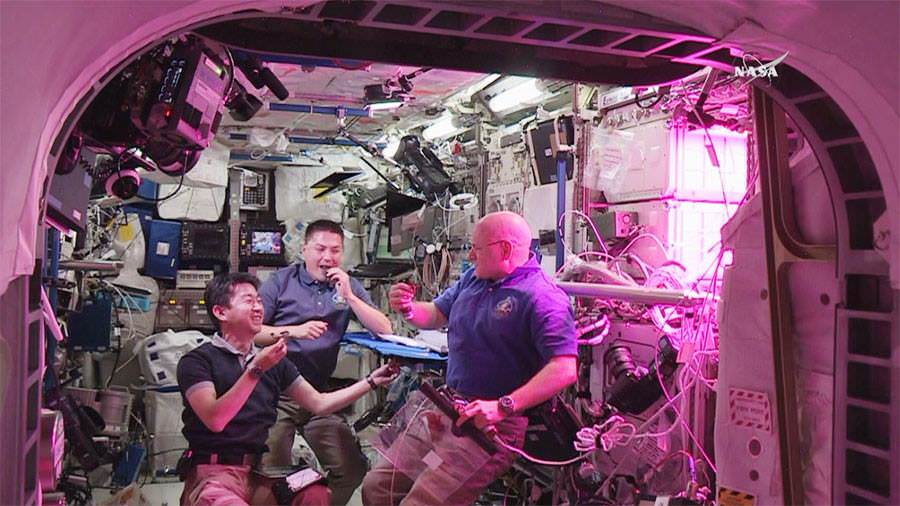Neutron stars are as dense as the nucleus of an atom. They contain a star’s worth of matter in a sphere only a dozen kilometers wide. And they are light-years away. So how can we possibly understand their interior structure? One way would be to simply spin it. Just spin it faster and faster until it reaches a maximum limit. That limit can tell us about how neutron stars hold together and even how they might form. Obviously, we can’t actually spin up a neutron star, but it can happen naturally, which is one of the reasons astronomers are interested in these maximally spinning stars. And recently a team has discovered a new one.
Continue reading “Astronomers Have Found the Fastest Spinning Neutron Star”Astronomers Have Found the Fastest Spinning Neutron Star










